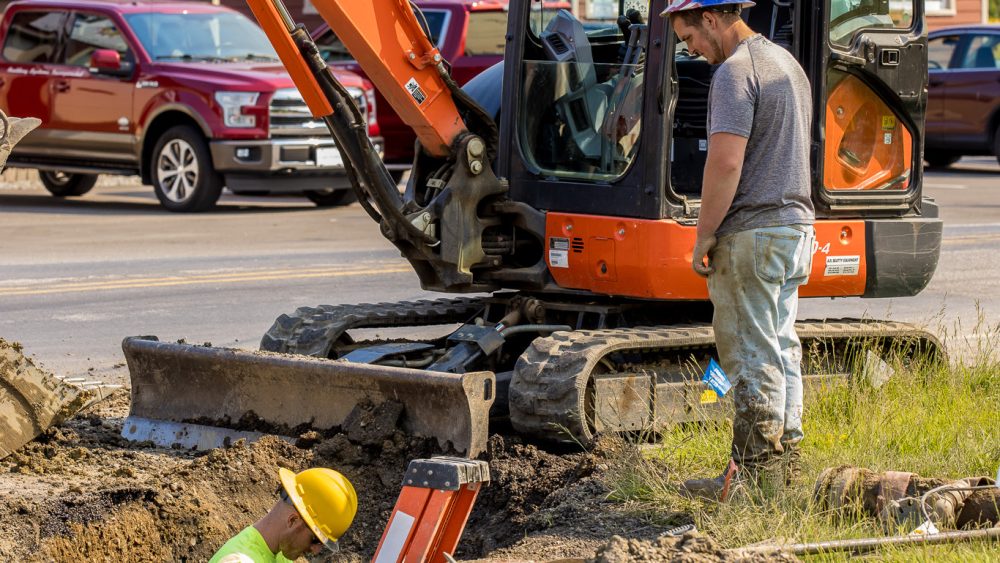Water mains, the underground pipes that deliver water to our homes and businesses, are crucial components of a reliable water supply system. However, like any infrastructure, water mains can experience wear and tear, resulting in leaks, breaks, or other issues. In this blog post, we will explore the significance of water main repairs, the process involved in addressing these repairs, and the importance of timely action to ensure uninterrupted access to clean water.
The Importance of Water Main Repairs:
Water mains are responsible for delivering clean water to our communities, making their proper functioning vital for public health and safety. When a water main experiences a leak, break, or other damage, it can result in the loss of precious water resources, potential contamination risks, and service disruptions for consumers. Timely repairs help maintain the integrity of the water supply system, minimize water loss, and ensure uninterrupted access to safe water.
Identifying Water Main Issues:
Water main issues can manifest in various ways, such as reduced water pressure, discolored water, water pooling on streets, or unexplained increases in water bills. These signs may indicate potential leaks or breaks in the water main. If you notice any of these symptoms, it’s essential to report them to your local water utility promptly. Early detection and intervention can prevent further damage and minimize the impact on the community.
Water Main Repair Process:
Water main repairs typically involve a systematic approach that aims to restore the functionality of the affected pipeline. The process may vary depending on the extent of the damage, but it generally includes the following steps:
- Assessment and investigation: The water utility’s technicians assess the reported issue, conduct necessary inspections, and use specialized equipment to pinpoint the location and cause of the problem.
- Water shutdown and isolation: To facilitate repairs, the water supply to the affected section of the water main may need to be shut off temporarily. This ensures the safety of workers and allows them to work on the pipeline without the risk of water flow.
- Excavation and repair: Once the water main is isolated, the damaged section is excavated, exposing the pipeline. Technicians then repair or replace the damaged portion, ensuring proper sealing and connection to the existing water infrastructure.
- Flushing and testing: After repairs are completed, the repaired section of the water main undergoes thorough flushing to remove any debris or contaminants. Water quality and pressure tests are conducted to ensure the integrity of the repair and the safety of the water supply.
- Restoration: The excavated area is backfilled, compacted, and restored to its previous condition, minimizing any disruption caused by the repair work.
Community Cooperation and Communication:
Water main repairs often require cooperation and understanding from the community. Temporary water shutdowns or traffic disruptions may occur during the repair process. Water utilities strive to communicate effectively with residents, providing advance notice of planned repairs, alternate water sources if necessary, and estimated timelines for completion. It’s important for residents to stay informed through official channels, follow any guidelines provided, and report any issues or concerns promptly.





